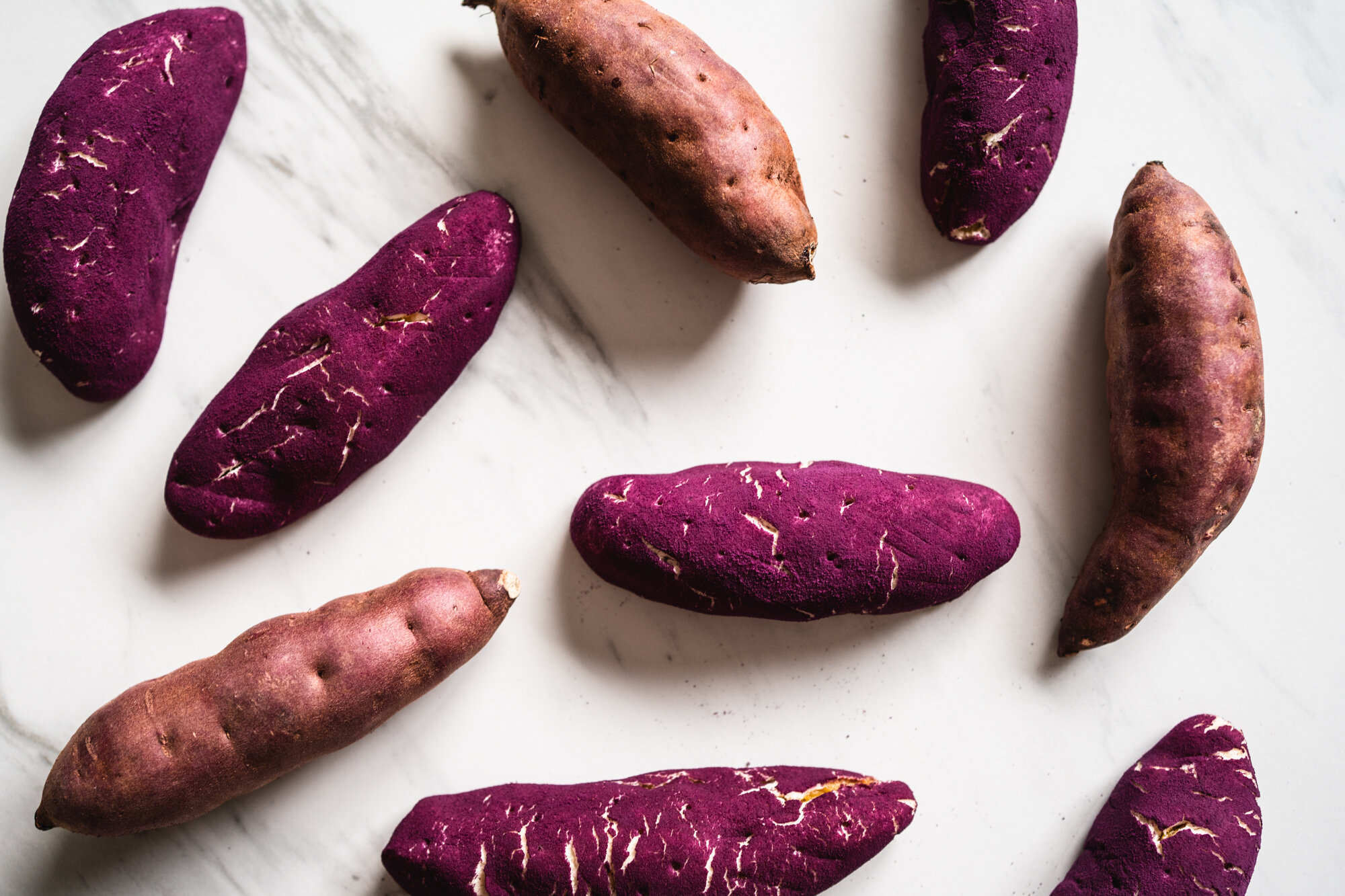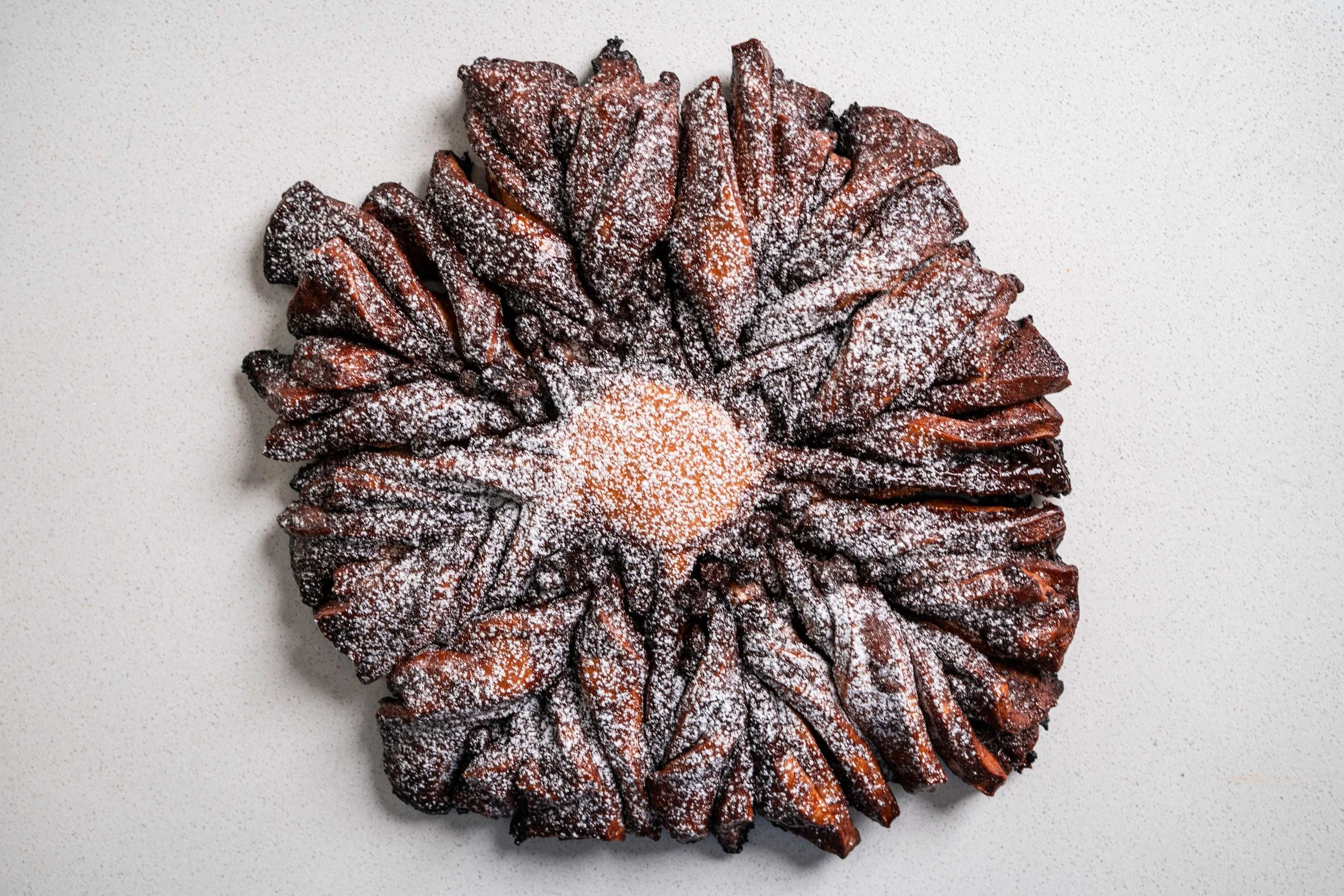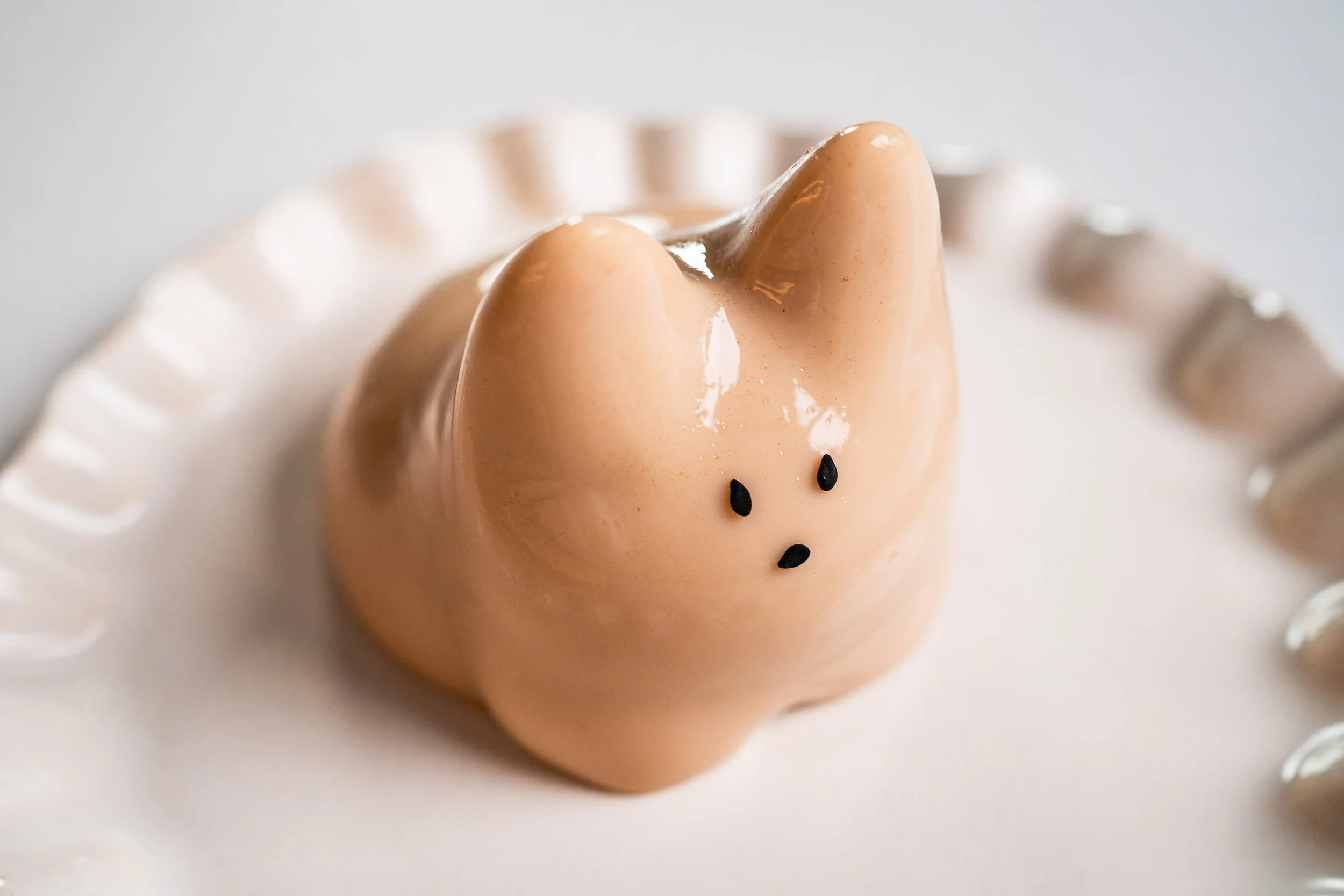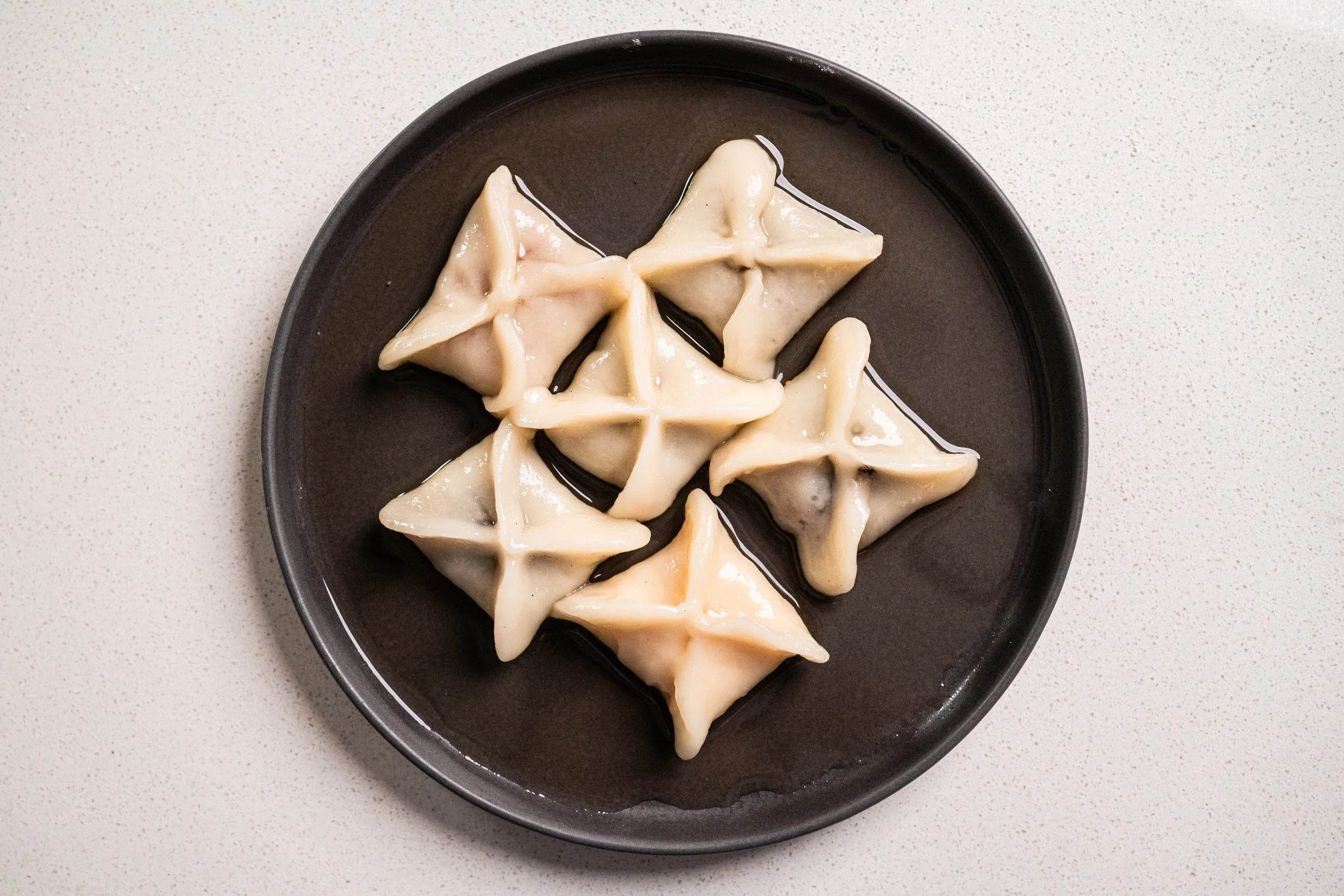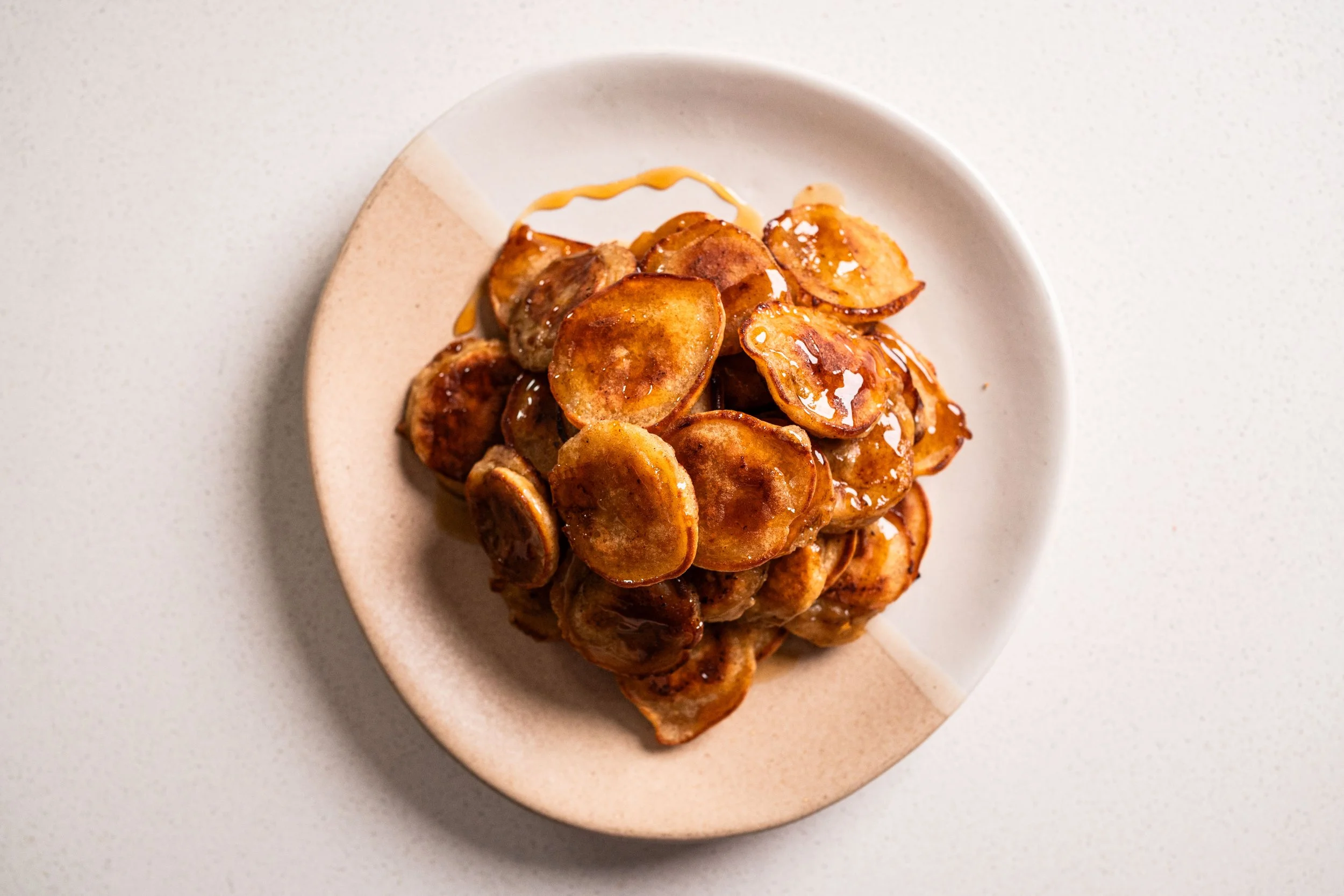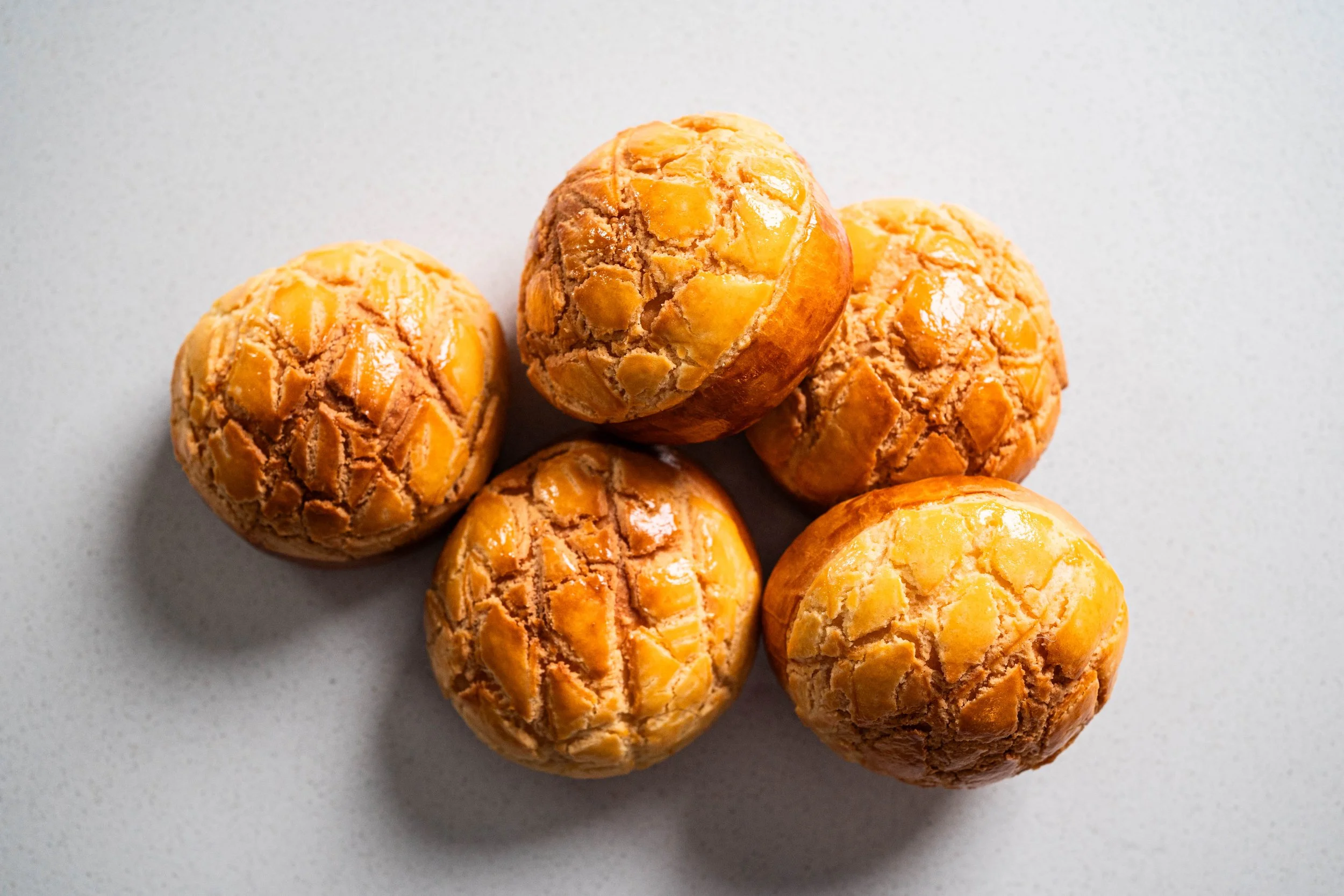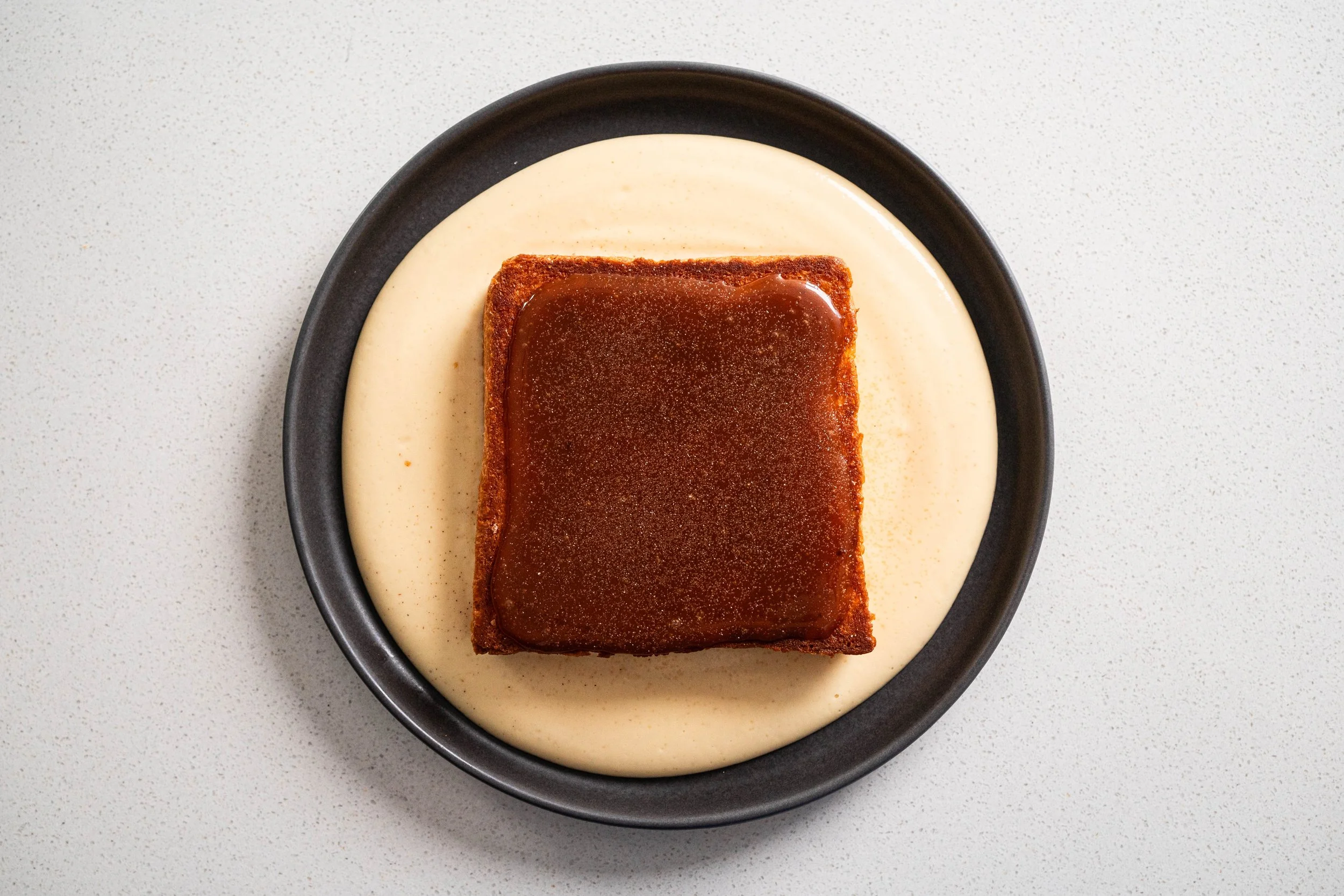Sweet Potato Bread (고구마 빵)
Some months ago, I made banana baos that look like actual bananas, drawing both fascination and furore. Since that recipe, I’ve been more attentive of Asian pastries made to resemble other foods or ingredients. I’ve seen people get particularly inventive with baos, turning them into tangerines, sleepy Gudetamas, and also the classic longevity buns—lotus paste buns made to look like peaches, had on Chinese birthdays and over the Lunar New Year. Beyond baos though, there are few other Asian pastries that have captured the imitation imagination. That is, until I chanced upon one that had the makings of a impressive imitator—sweet potato bread, that look like actually sweet potatoes! *mindblown* So of course, I had to make it.
About the Dish
Sweet potato bread is a pastry that seems to have started in South Korea. A lot of online videos and sites of these commercial sweet potato breads often point to a certain Financier bakery (피낭시에) in Haenam, a city in the south of South Korea. The pastry is known as goguma ppang (고구마 빵) in Korean, literally meaning “sweet potato bread.” It’s made with a tapioca flour dough, that’s filled with a honeyed sweet potato mash then rolled in purple sweet potato powder to resemble a sweet potato. It’s then baked and served fresh.
While this particular pastry hasn’t quite gone global in the way castella cakes or Dalgona coffee has, it’s made quite the splash online! I’ve watched dozens of ASMR cooking channels making this, from Flour & Flower to Cho’s daily cook to the mightily impressive W Table. And because these home and YouTube bakers have the time and patience to put in extra care to their sweet potato breads, theirs turn out looking even more true to life than the commercial ones at Financier. Not only do they roll the breads in sweet potato powder, they then give it a few scores and dents to make it look like it just came up from the earth.
So I took inspiration from all these channels, and came up with my own recipe for it. I adjusted the ratio of tapioca flour to glutinous rice flour to bread flour, balanced the buttery-ness with just the right amount of honey, and made my sweet potato filling extra silky by passing it through a sieve. I’ve never tried the commercial ones, but I’ll say these were such a joy to eat, both in terms of flavour and just pure fun.
Tips for Success
To get your sweet potato breads looking and tasting like a real sweet potato, here are some tips for success:
You can go with chunky or smooth potato puree. For chunky, just roast it then mash it up with a fork or a masher. For smooth, pass it through a drum sieve. I’m partial towards a silky smooth puree, but it does require a bit more time and effort.
The technique for filling the breads can be tricky, but if you’ve ever made baos or dumplings before, the technique is similar—press the dough out into a flat disc, plop a dollop of sweet potato filling inside, and pull up the sides to encase the filling.
If your breads feel very soft after filling them, place them in the fridge to firm up a little. This is especially helpful if you live in a warm, humid climate like I do.
To colour the pastries, I used natural purple sweet potato powder, which you can easily order online. But if that’s too strikingly purple for you, you can also mix in some black bean powder (which paradoxically is more green-grey), to make it look a bit more earthy and sweet potato-like.
These sweet potato breads are best when warm out of the oven. Because of the tapioca flour in the dough, when they’re cold the outer pastry will harden and turn tacky, which doesn’t make for a pleasant eating experience. But, if you’re keeping it for the next day, a quick bake in the oven before eating will drastically improve its texture.
Sweet Potato Bread (Goguma Ppang; 고구마 빵)
Makes 10 pieces
Ingredients
Filling
450g (3 medium or 5 small) sweet potatoes
15g (1 tablespoon) butter
30g (2 tablespoons) honey
3g (1/2 teaspoon) salt
Dough
200g (1 1/4 cup) tapioca starch
50g (5 tablespoons) glutinous rice flour
50g (5 tablespoons) bread flour
1 egg
5g (1 tablespoon) salt
30g (2 tablespoons) sugar
120g (1/2 cup) milk
60g (1/4 cup) butter
50g (5 tablespoons) purple sweet potato powder
Directions
Roast sweet potatoes: Wrap the sweet potatoes in aluminium foil, then roast them for 35-45 minutes in an oven set to 180°C (350°F, convection), or until a knife poked into it slides in without much resistance.
Make the filling: When the sweet potatoes are done roasting, peel off the skin (they should come off easily) and mash up the flesh. (Optionally, for silky smooth potato puree, you can pass it through a sieve or a tamis. This helps remove bits of skin as well.) While the mash or puree is still warm, fold in the butter and honey and mix them well. Chill the filling in the refrigerator for at least 1 hour, or overnight up to 24 hours, to thicken it and make it easier to work with.
Make the dough: The dough can be made by hand in a bowl, or in a stand mixer. Either way, sift the tapioca starch, glutinous rice flour, and bread flour into the bowl, then to this, add the egg, salt, sugar, and milk. Mix it until smooth. (In a stand mixer, this take 1 minute on medium speed.) Then, add in the butter and knead for a further 30 seconds, until the butter is incorporated into the dough. When done, cover the dough with a cloth or kitchen towel and let it rest for 30-45 minutes at room temperature.
Fill the dough: Split the dough into 60g portions. (You should end up with 10 pieces.) Cover the dough pieces with a cloth so they don’t dry out. Then, working with one piece at a time, flatten it out into a disc that’s roughly 12cm (5 inches) in diameter. Weigh out 45g (2 to 2 1/2 tablespoons) of sweet potato puree, and dollop it onto the middle of the dough disc. Then, pick up the dough disc and gently wrap the dough around the filling, pulling and stretching the sides upwards to fully enclose the filling, making sure they are no holes. (If you’re familiar with wrapping dumplings, this is a very similar process.) Keep the filled dough balls in the fridge while you work on the rest.
Baking prep: Heat the oven to 160°C, and prepare a baking tray lined with baking paper or a silicon mat.
Colour the dough: Take the filled dough balls out of the fridge. Roll them out into oblong logs. (I want to say shit-shaped but that’s just unappetising. But then again I just did it.) Dust the purple sweet potato powder onto your work surface, and roll the long dough logs in the powder until it’s thoroughly coated.
Bake: Lay out the sweet potato bread on the lined baking tray, and bake it for 16-18 minutes, until the breads have expanded a little and starts cracking at parts. When done, take them out of the oven and lay them on a wire rack to cool down for 5-10 minutes.
Eat: The sweet potato bread is best warm out of the oven! They don’t keep particularly well as they will turn hard over time, but you could improve the texture slightly by warming it up with a quick, 5-minute bake in the oven, but nothing beats fresh!

